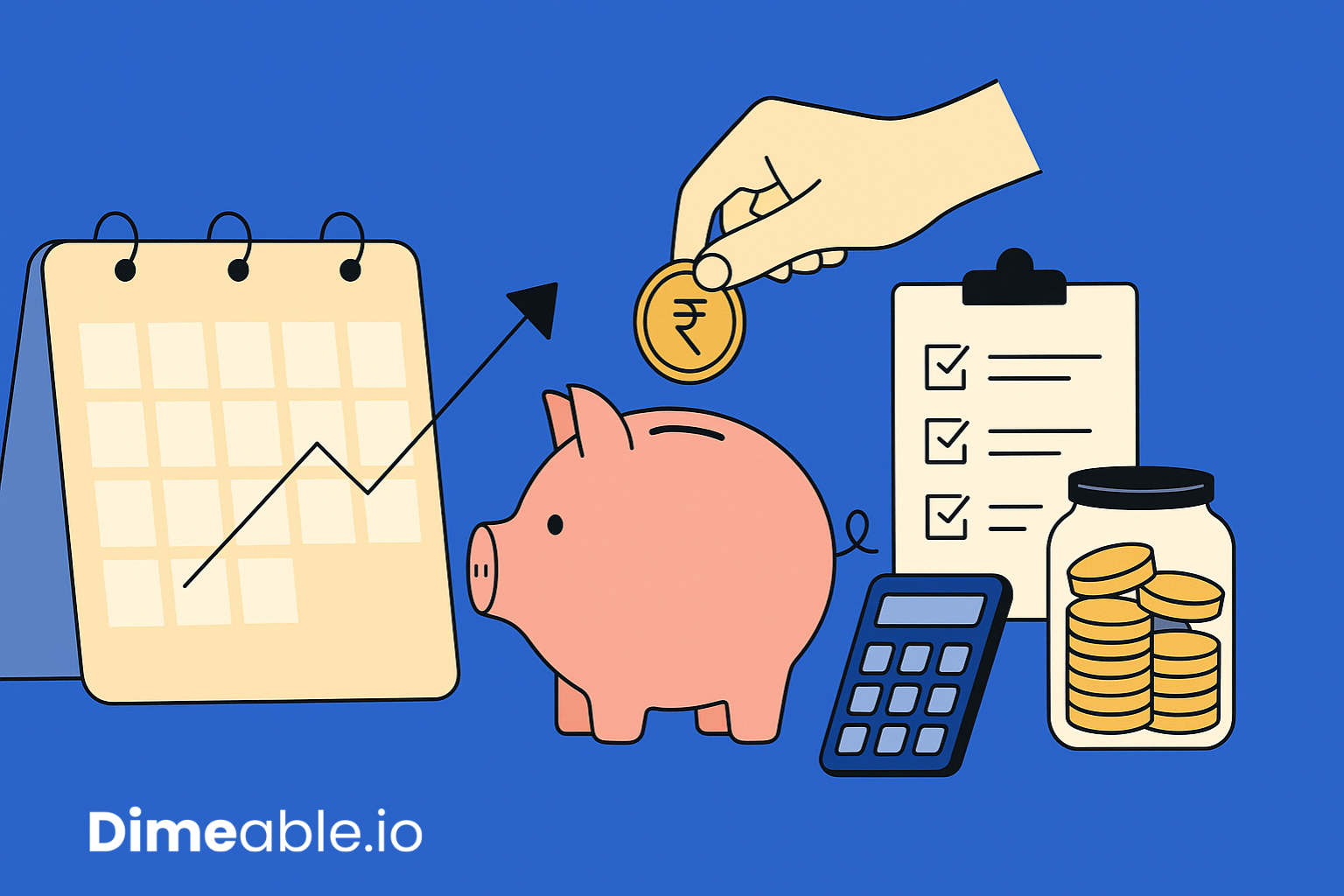Life is unpredictable. From unexpected medical expenses to sudden car repairs, financial emergencies can strike at any moment. In these instances, having a financial buffer—known as an emergency fund—can prevent a stressful situation from turning into a financial disaster. Without one, the prospect of paying for urgent, unplanned expenses may force you to dip into your savings, retirement funds, or even rely on debt. This article explores what an emergency fund is, why it’s essential, how much you should save, and actionable steps to start building yours today.
What is an Emergency Fund?
An emergency fund is a pool of money set aside specifically for unplanned or urgent financial needs. It’s not meant for regular expenses like groceries or bills, but rather for unexpected costs such as:
- Car repairs
- Medical bills
- Home repairs
- Job loss
The idea is simple: when life throws an unexpected curveball, this fund acts as a financial cushion. The money you save gives you breathing room during tough times and helps you avoid falling into debt. This makes it one of the most important components of personal financial security.
Why Do You Need an Emergency Fund?
1. Protection Against Debt
Financial emergencies are expensive, and without proper savings, the easiest solution is to rely on credit cards or loans. However, this adds the burden of high-interest rates, which can make the emergency even costlier in the long run. An emergency fund helps you cover the expense in cash, allowing you to move forward without the added stress of debt repayment.
2. Stability During Income Loss
The loss of a job or a sudden decrease in income is one of the most financially devastating events. According to a 2023 study by the Economic Policy Institute, nearly 30% of Americans would be unable to cover their expenses for more than one month if they lost their primary source of income. With an emergency fund, you can keep up with basic expenses—like rent, utilities, and groceries—without taking drastic measures like selling assets or borrowing money.
3. Peace of Mind
Knowing you have a safety net brings a sense of security. A study by the Consumer Financial Protection Bureau in 2022 found that financial stress is a leading cause of anxiety in households. An emergency fund provides peace of mind, helping reduce stress and allowing you to focus on resolving the crisis without worrying about finances.
How Much Should You Save for an Emergency Fund?
1. Start with a Basic Goal
If you’re just starting out, the first target is to save at least $1,000. This amount covers minor emergencies such as small car repairs or medical bills, giving you a starting buffer while you work toward larger goals.
2. Fully Funded Emergency Fund
Once your initial fund is in place, aim to build a fully funded emergency fund that covers 3-6 months of living expenses. The amount depends on your specific situation:
- Save 3 months of expenses if:
- You have a stable job with regular income.
- You live in a dual-income household.
- Save 6 months of expenses if:
- You’re self-employed or have a variable income.
- You’re the sole income provider in your household.
- Your job is seasonal or prone to changes.
For example, if your household expenses are $3,000 per month, a 3-month emergency fund would amount to $9,000, while a 6-month fund would require $18,000. This may seem daunting at first, but with consistent saving, you’ll be surprised how quickly it grows.
Where to Keep Your Emergency Fund
The purpose of an emergency fund is to have money readily available when you need it most. Thus, it’s essential to keep the fund accessible, but not too easy to access, to avoid the temptation of spending it on non-emergencies. Here are some recommended places to store your emergency fund:
- High-Yield Savings Account: These accounts offer easy access while allowing you to earn a higher interest rate compared to traditional savings accounts.
- Money Market Account: Often comes with check-writing or debit card features, providing quick access to your funds in emergencies.
- Online Savings Accounts: While these accounts may take 1-2 days to transfer money to your checking account, they often provide higher interest rates and make impulsive withdrawals less tempting.
Avoid keeping your emergency fund in stocks or volatile investments, as market fluctuations could deplete your savings right when you need them the most.
When Should You Use Your Emergency Fund?
Not every unexpected expense is a reason to dip into your emergency fund. Before you withdraw, ask yourself the following questions:
- Is it unexpected? A sudden medical bill or home repair would qualify, but planned expenses like holiday gifts do not.
- Is it necessary? If it’s essential for your health, safety, or well-being, then it’s a legitimate emergency.
- Is it urgent? A delay could worsen the problem or incur additional costs.
If the answer to all three is yes, then it’s time to use your emergency fund. Otherwise, consider adjusting your monthly budget to cover the expense.
How to Build Your Emergency Fund
1. Set a Savings Goal
Whether it’s the $1,000 starter fund or 3-6 months of living expenses, setting a clear goal gives you a target to work toward.
2. Create a Budget
A budget helps you allocate money toward your emergency fund each month. Analyze your current spending habits and see where you can cut back to save more. Use tools like budgeting apps to track progress and stay disciplined.
3. Cut Unnecessary Expenses
Look for opportunities to reduce your spending. Small changes, like cutting down on dining out or reducing subscriptions, can free up significant amounts for your emergency fund.
4. Increase Your Income
If you’re struggling to save, consider ways to boost your income. Side gigs, selling unused items, or asking for additional hours at work can provide extra money to put into savings.
5. Automate Your Savings
Set up an automatic transfer from your paycheck to your emergency fund. This way, you’ll be consistently building your fund without the temptation to spend that money elsewhere.
Conclusion
Having an emergency fund is essential for financial stability. It protects you from unexpected expenses, helps you avoid debt, and brings peace of mind in uncertain times. Whether you’re just starting with $1,000 or working toward a fully funded emergency fund of 3-6 months’ expenses, the key is to begin today. Start small, stay consistent, and build your financial safety net—your future self will thank you.



Pingback: 5 Reasons Not to Mix Personal and Business Banking
Pingback: What Is a Profit and Loss (P&L) Statement?
Pingback: Future of Banking: Trends and Technologies
Pingback: 8 Personal Finance Rules That’ll Actually Make You Rich